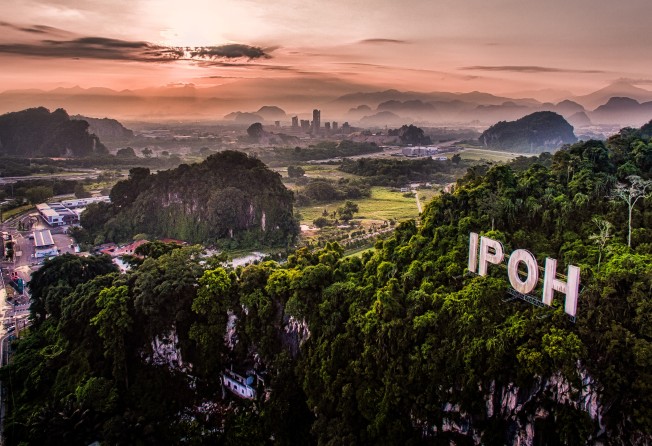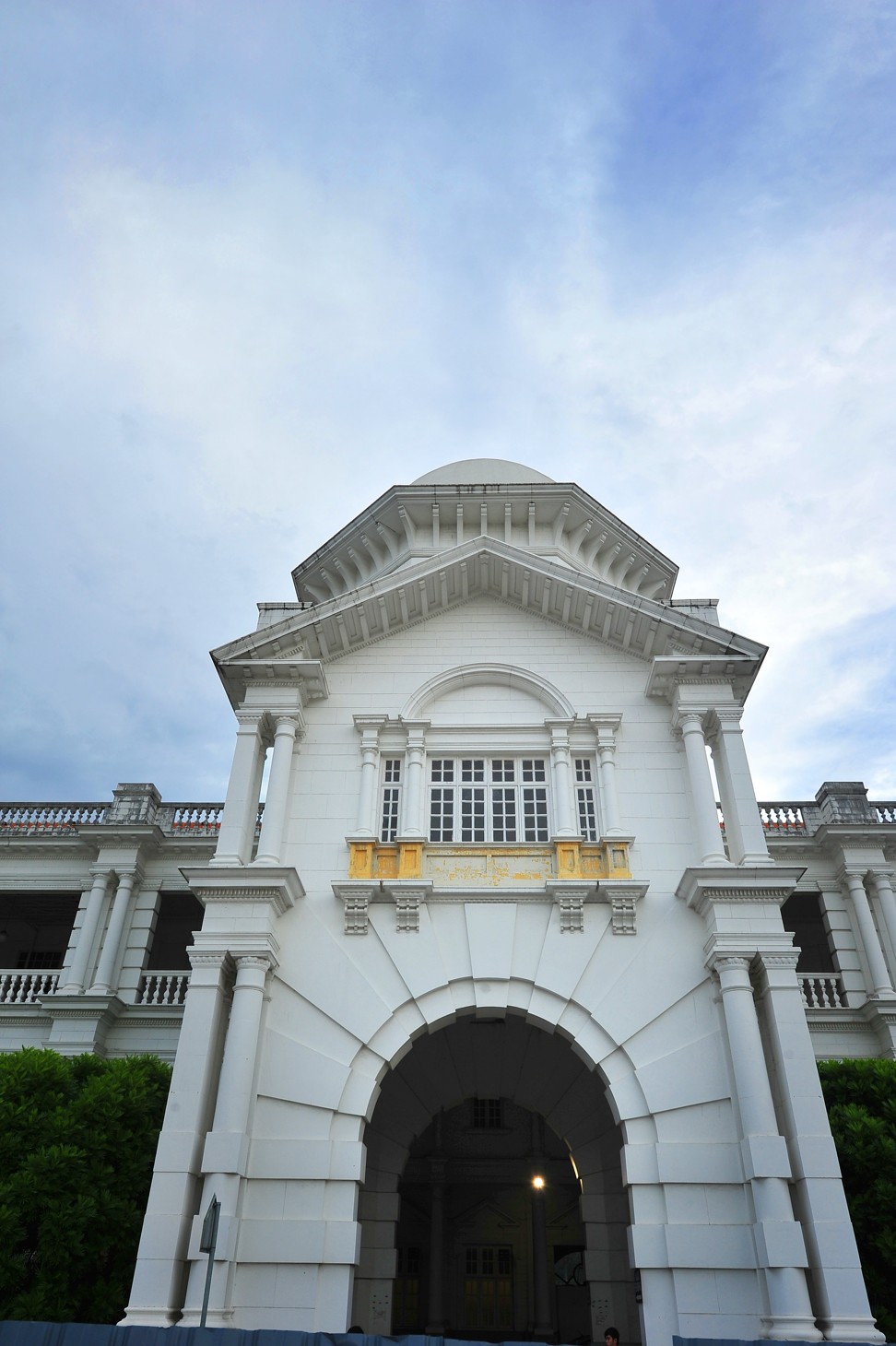
What to do in Ipoh – gateway to Malaysia’s Cameron Highlands is a relaxed city-break destination in its own right
- From the city’s famed white coffee to addictive nasi ganja, gourmands will find much that pleases their palates
- Still out of reach of globalisation, Ipoh’s charms lie in its laid-back authenticity and warm welcome

Always the bridesmaid, never quite the bride, Ipoh has long been an also-ran, overshadowed by more pushy Penang up north and more flashy Kuala Lumpur in the other direction, and seen as a mere stopover en route to the bucolic delights of the Cameron Highlands. All of which is excellent news for anyone who fancies somewhere that’s off the beaten track and utterly chill while putting the awe in authentic.
There’s no Angkor Wat or Great Wall to IG, simply a down-home Malaysian city that’s more like a large town, replete with excellent places to eat and relax, and Ipohites for whom courtesy is second nature. And no, it’s not vibrant.
Where to stay
The planet may be getting dunked by globalisation, but some corners have so far escaped its full force. There are no bland international hotels in Ipoh, and no exhilarating ones either. The home-grown choice is either nothing-to-WhatsApp-about high-rises, or rather more down-to-earth and characterful accommodation.
Ipoh’s Airbnbs tend to be closeted in blocks of flats and decorated with sizeable party-minded groups in mind. Light sleepers should check Google Maps – the first call to prayer is scheduled well before dawn.
Where to shop

Rather than a flea market, think of Memory Lane as an elaborate piece of outdoor theatre. Spreading out from Jalan Horley along alleyways and streets, it’s not so much Aladdin’s cave as the stuff he would have got rid of when he spring-cleaned. Junk, antiques and curios, pre-loved, second-hand or simply stuff with a capital S, it’s all here, with banter flying back and forth amid brisk bargaining sessions. The “tsunami” watch demo – ie, immersed in H2O to guarantee that it’s waterproof – is a sure-fire crowd-puller.
Stalls set up every Sunday, from about 6am till early afternoon or sooner if traders are feeling peckish.
Ipoh’s malls are as absorbing as most of their ilk, but their multiplexes’ early-bird tickets (US$2!) may cause Hong Kong cinema-goers to perform an elaborate double take.
What to eat
If it’s a myth that Princess Hang Li Po (a dab hand in the kitchen, apparently) married a Malay sultan in the 15th century, it’s certainly a good myth. Yet there’s no doubting that Chinese – plus recipes – were streaming into Peninsular Malaysia then and subsequently, and it’s they who’ve played the most prominent role in shaping Ipoh’s rep as what guidebook writers call a “foodie capital”.
Apart from the much-ballyhooed white coffee (beans roasted with palm oil) and nasi ganja, aka nasi kandar (rice served with curried meats and vegetables), pomelo – king of the fruit crop – is in season pretty much year-round. Little India’s larger restaurants are as tasty as they’re matey, all the more so for a lunchtime bill for two somewhere south of US$15.
Getting around

Ipoh’s Azlan Shah Airport – named for the late hockey-mad, legal eagle sultan – is international in the sense that it hosts flights to and from Singapore. But that’s it. The logical route from Hong Kong is via Kuala Lumpur (pick the right date and bare-bones return flights on AirAsia are no more than US$125) and then north for three hours or so by road or rail: pulling into the century-old, Arthur Hubback-designed station – nicknamed the Taj Mahal – is in itself worth the trip. One-way tickets from US$6.
Ipoh’s taxi drivers and their jalopies can strain passengers’ sense of humour. Grab, Uber by any other name, is poster boy for the tech-driven new economy. No argy-bargy – it’s one ringgit (US$0.25) per kilometre. Satnav. Seats with springs. Owner-drivers who are no strangers to soap and water. Done deal.
Plus
A little south of Ipoh, Kellie’s Folly (built with imported Indian brick and marble by imported Indian craftsmen), aka Kellie’s Castle, ranks as one of Asia’s more distinguished architectural oddities.
Two hours’ drive to the west of Ipoh, hiking and otherwise imbibing the rarefied air of the Cameron Highlands (up to 1,600 metres) is freer and easier Monday to Friday.
Ramadan 2019: starts May 5, ends June 4.